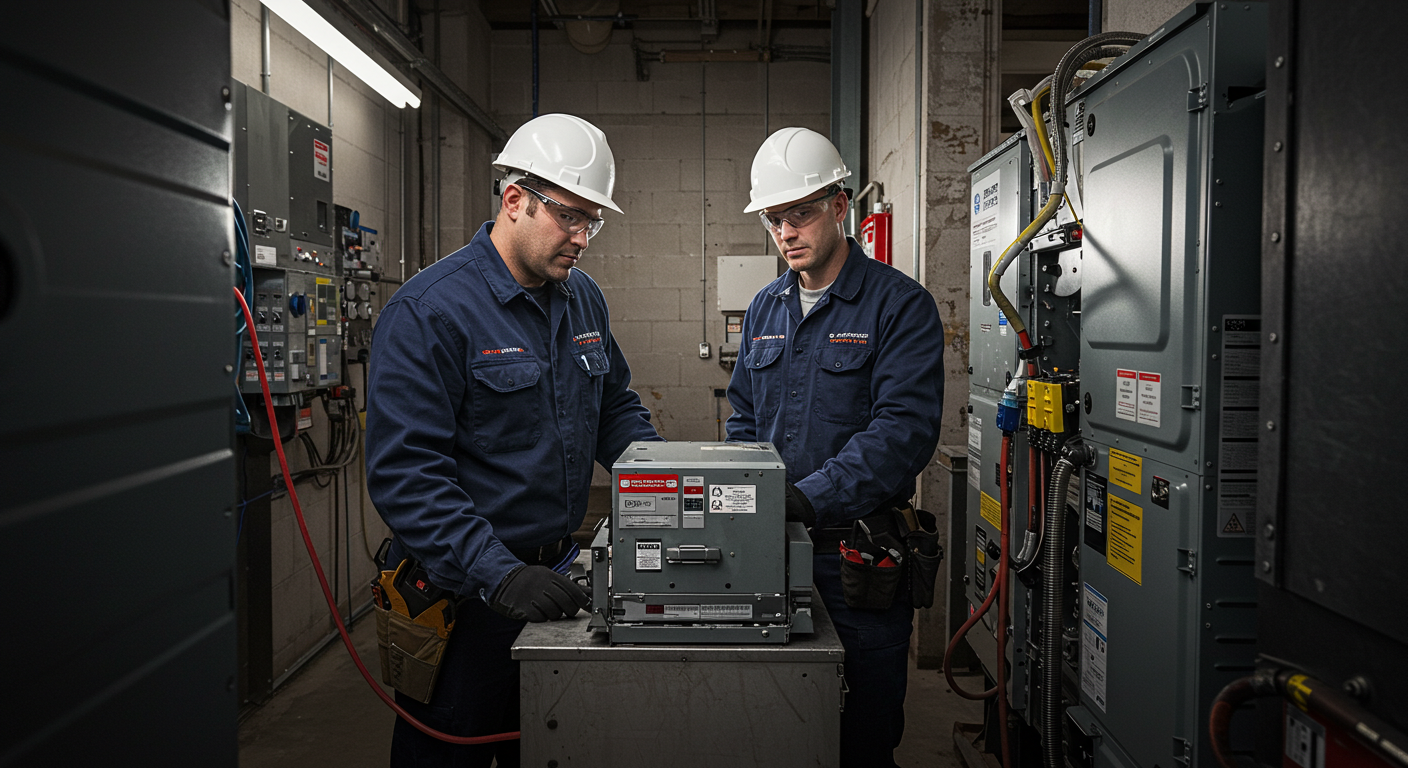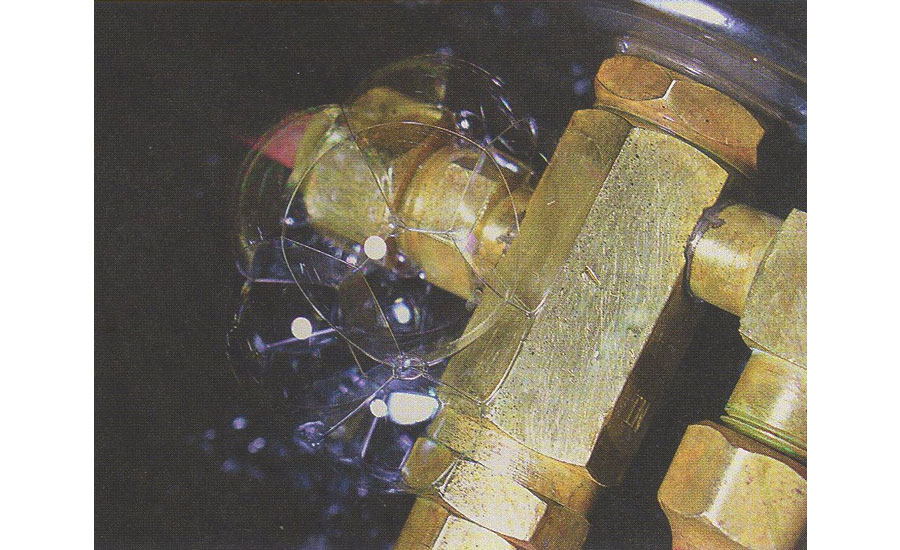Networking Best Practices for HVAC Contractors at Industry Shows
Hey there, HVAC professionals! Are you ready to take your networking game to the next level? Industry shows are a goldmine for making connections that can transform your HVAC business. In this post, we’ll dive into some of the best practices to ensure you make the most out of these events.
Why Networking Matters for HVAC Contractors
Networking is more than just a buzzword—it’s a crucial part of growing your business. With the HVAC market projected to skyrocket to $346.7 billion by 2028, the opportunities are endless. Building strong HVAC contractor connections at trade shows can open doors to partnerships, exclusive deals, and insider knowledge on the latest innovations.
Top Tips for Successful Networking at HVAC Events
Industry events like the AHR Expo 2025 and ASHRAE Winter Conference 2025 are perfect for expanding your network. Here’s how to make the most out of them:
- Prepare in Advance: Research the exhibitors and speakers. Make a list of who you want to connect with and why.
- Engage in Conversations: Don’t just exchange business cards. Take the time to engage in meaningful conversations to create lasting impressions.
- Leverage Social Media: Join event-related groups or hashtags to engage with fellow attendees before, during, and after the event.
- Follow Up: After the event, follow up with your new contacts while the interactions are still fresh in their minds.
Networking Opportunities You Can’t Miss
With the HVAC industry booming, opportunities to build relationships at HVAC shows are abundant. Networking with suppliers, manufacturers, and industry experts can lead to exclusive discounts and priority access to new technologies. Plus, with the U.S. HVAC services market on the rise, these connections can be pivotal for your business growth.
Conclusion
Industry shows are your playground for professional networking HVAC events. By embracing these best practices, you’re not just attending an event—you’re investing in your business’s future. So, go on, make those connections and watch your HVAC business soar!
Ready to boost your networking skills? Register for the next big HVAC event and start building those valuable relationships!
FAQ Section
What are the benefits of attending HVAC trade shows?
Attending HVAC trade shows offers numerous benefits, including the opportunity to see the latest product innovations, connect with industry leaders, and gain insights into market trends.
How can HVAC professionals effectively network at conferences?
To network effectively, HVAC professionals should prepare in advance, engage in meaningful conversations, leverage social media for connections, and follow up after the event.
Which events are essential for HVAC contractors in 2025?
The AHR Expo 2025, ASHRAE Winter Conference 2025, and ACCA 2025 are must-attend events for HVAC contractors looking to expand their network and knowledge.
Why is networking important for HVAC businesses?
Networking is crucial for HVAC businesses as it helps create connections that can lead to new opportunities, partnerships, and access to industry innovations and technologies.
What are some tips for following up after an HVAC event?
After an HVAC event, follow up with new contacts via email or LinkedIn, reference your conversation at the event, and express interest in future collaborations or meetings.








